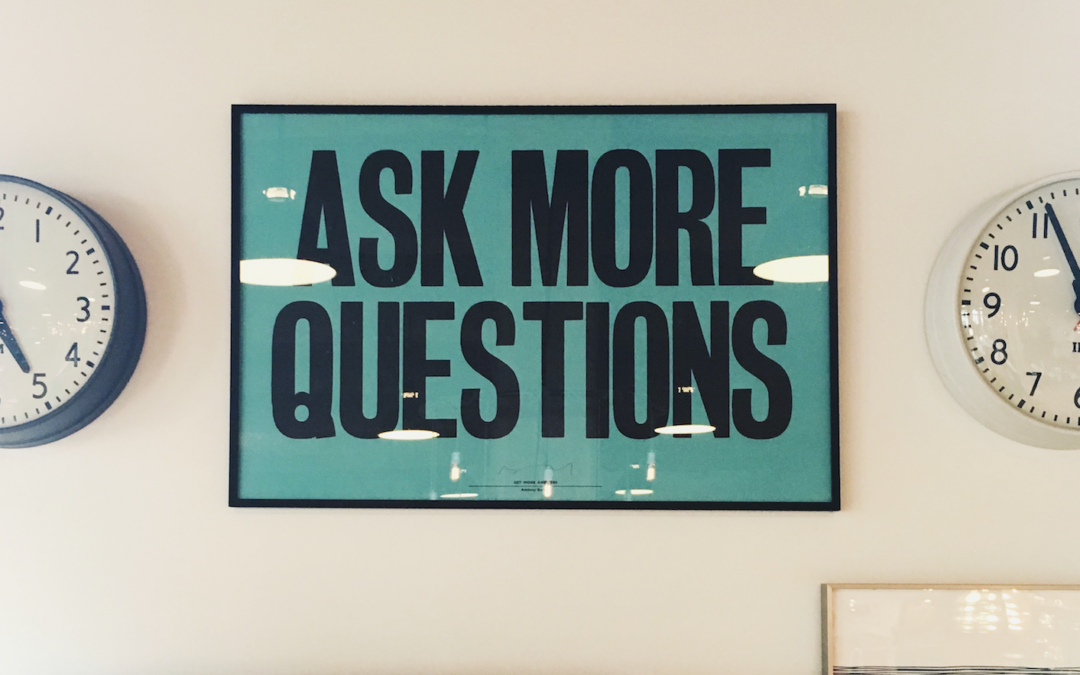“Doing agile is a set of activities, but being agile is the state of mind, the ongoing capability, and the cultural adaptability.” ― Pearl Zhu, Digital Agility: The Rocky Road from Doing Agile to Being Agile
When working with global firms seeking to inject agility into their DNA, it is easy to start with big pictures, glib phrases and master plans. But when the work truly begins, it can become overwhelming. Often, organisations take a step back, looking for a simpler path. And that path often presents itself in the form of getting everyone trained. Whether it is in Scrum, Agile or Xtreme Programming, training is a first step because it is straightforward, fits inside a current budget line, and offers a simple measurable progress marker towards change. This training introduces the practices needed to work in a different way – it introduces a new way of talking about, and doing work. To those of us who have worked agile for years, it seems like common sense, but for many in large firms it is revelatory.
When supported by agile tools, this training experience can bring efficiencies and increase the effectiveness of the work being done. But to stop here means that agile is being viewed as a prescriptive method. For those who are growing their agile transformation from an existing agile practice inside of IT to a set of broader business practices, this can be the point at which they stumble.
Tools plus Practices is the easy part. But learning the tools and techniques for being agile across the whole business, does not equal an agile organisation.
Being agile is a way of thinking, a mindset, which focuses on how we relate to each other, what values we embody and how we get work done together. Being agile means embodying the principles, and using them to guide the work of the organisation. As agile crosses the chasms inside our organisations, between sales and product development, between strategy and budgeting, between marketing and software development, communicating the principles becomes the core value, the primary fuel of transformation.
Being agile in not a org-wide goal, but is a mindset, an organisation-level culture that will create the conditions for success in the future. Giving employees a framework inside of which they can operate with autonomy, make better decisions and practice smart failure creates a whole new self-managing dynamic that organisations across the world are chasing.
So how can we get started in creating an agile mindset company-wide? Here are a few hints, which we have pulled from our project work and research:
- Embrace the iterative journey towards enterprise-level agility – you cannot do it in a single bound. Fortunately, there are approaches and aids to run a successful agile transformation programme.
- Understand where you cannot be iterative, and why. For example, an annual budgeting process across an entire division is probably too much to shift in one go; a smaller innovation budget could be the place to test and learn.
- Find a network of people who share your approach, share success stories & begin building a community. Companies like Daimler, Bosch, and Continental do this in the form of change agent networks, or ‘digital guides’.
- Discuss within this network how to make the big ticket items more agile – strategy, planning & budgeting, governance. Share lessons from other companies, form hypotheses & devise experiments to test them.
- Whether you call it ‘dabble time‘ or formalise it as ‘firebreaks‘ (as in the case of the UK’s Government, Digital Services), set aside time to work on the business, as well as in the business.
- Encourage individuals, teams and divisions to undertake informal capability reviews as part of their iterative journey towards agile, and to share the actions they are taking to improve that capability. Practices like working out loud can further support team through their creation of ‘ambient awareness’.
- By all means get some training, but make this adaptive team-based training so that teams can learn to collaborate in an agile manner, picking & choosing what tools and techniques to use. At Post*Shift, we have adapted this approach to our own learning sessions for both leaders and their teams.
- Measure, review, reflect. Rinse and repeat. Borrowing from the ‘Quantified Self’ movement in personal fitness, we call this the Quantified Org process in which you monitor the health and effectiveness of your organisational structures and practices on an ongoing basis – tweaking, iterating, and shaping them based on measurement and feedback loops.
Being agile is something leaders, teams and whole organisations can be, it isn’t limited to an elite few, but no one said the journey was going to be easy! Down the road, being agile brings the conditions for new organisation structures, and new models of leadership, but before the cultural conditions have begun to transform, the benefit of implementing these will be limited.
For more information on how to run an agile, distributed transformation program, do get in touch! We’re happy to share our experiences.

